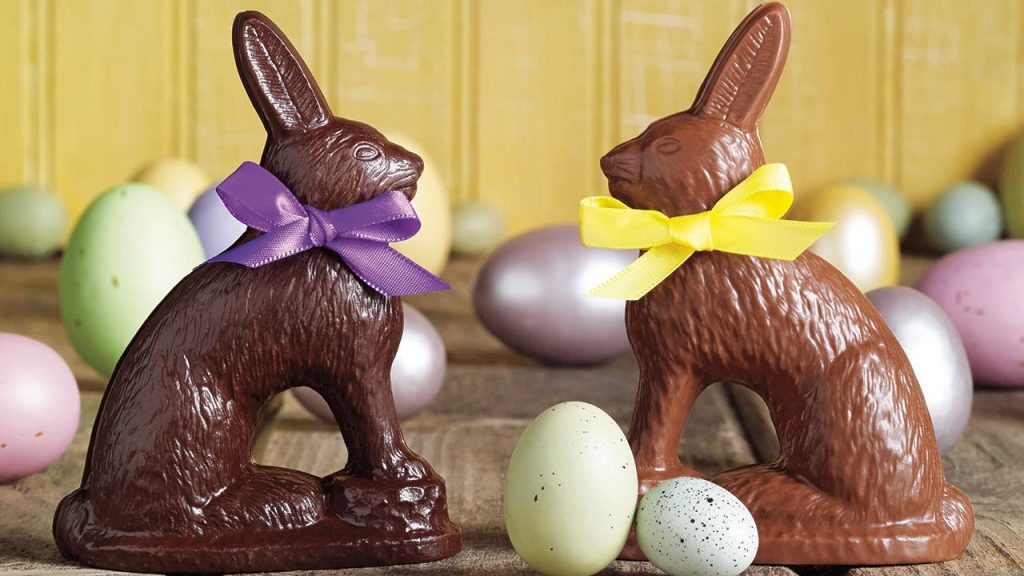The tradition of chocolate Easter bunnies in America can be traced back to Robert Lincoln Strohecker, a first-generation German-American confectioner known as the “Father of the Chocolate Easter Bunny.” Strohecker displayed a massive 5-foot-tall solid chocolate rabbit in 1890 to promote his smaller Easter sweets inspired by German tradition. The confection business boomed in America after the Civil War when the price of sugar fell, with the German-American community of Pennsylvania at the center of it. Today, Americans purchase around 90 million Easter bunnies annually.
However, the chocolate Easter bunny industry is facing challenges in 2024 due to inflation. Cocoa futures have doubled since the start of the year, with rising costs and lower supplies impacting the production of chocolate bunnies. The International Cocoa Organization reported an 11% decrease in cocoa production this year, mainly due to poor weather conditions in West Africa. The National Retail Federation anticipates a 6% decrease in spending on chocolate Easter eggs and bunnies from 2023 to 2024.
Despite the challenges, some American confectioners believe the chocolate Easter bunny business is resilient due to the public’s unwavering love for the sweet treats. Hershey, a leading chocolate company, experienced a decline in sales volume in the fourth quarter of 2023 and announced job cuts as a result. However, smaller, family-owned businesses like Hilliard’s Chocolates in Massachusetts have not yet been impacted, thanks to loyal customers and a focus on artisan chocolate. The long-term outlook for the industry remains uncertain amid rising costs and limited supplies.
Robert Lincoln Strohecker’s legacy as the legendary chocolate bunny salesman continues to influence the Easter candy market in America. Strohecker displayed his giant chocolate bunny, estimated to weigh 500 pounds, around Pennsylvania in 1890. The culture of chocolate Easter bunnies in Pennsylvania was further developed by confectioners like Milton Hershey, who later founded the well-known Hershey chocolate company, and Richard M. Palmer, who established R.H. Palmer Candy in Reading, Pennsylvania. Palmer Candy now produces 1 billion bunnies annually.
The tradition of chocolate Easter bunnies in America has evolved from European roots to become a symbol of American ingenuity and creativity. Robert Lincoln Strohecker’s innovative marketing tactics helped popularize the sweet treats in the late 19th century, leading to the millions of bunnies purchased each year by Americans. While the industry faces challenges like inflation and supply chain disruptions in 2024, the enduring appeal of chocolate Easter bunnies keeps the business afloat. Confectioners like Hilliard’s Chocolates and Palmer Candy continue to thrive by focusing on quality and customer loyalty. Robert Lincoln Strohecker’s legacy remains strong, shaping the Easter candy market in America for generations to come.


